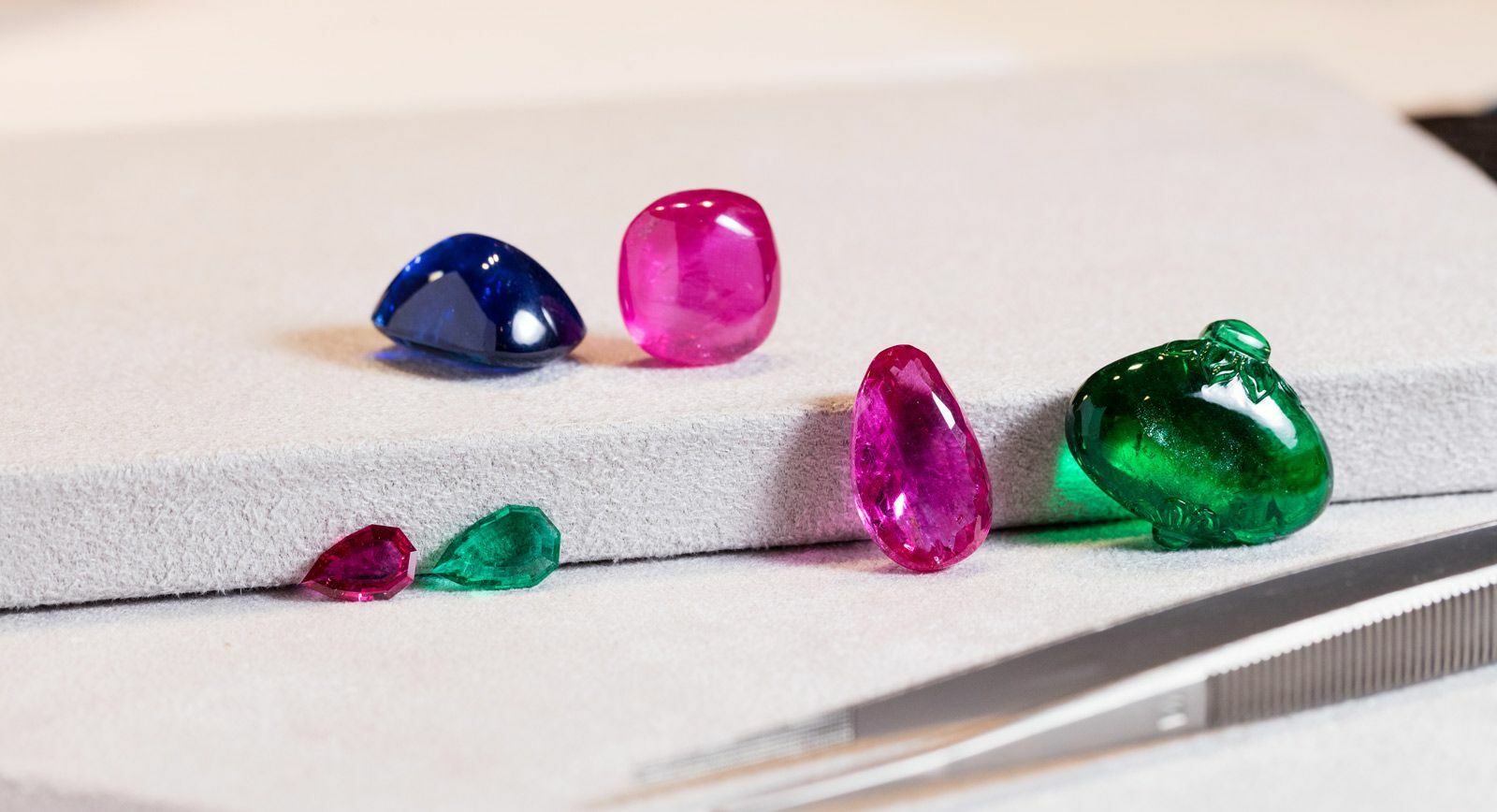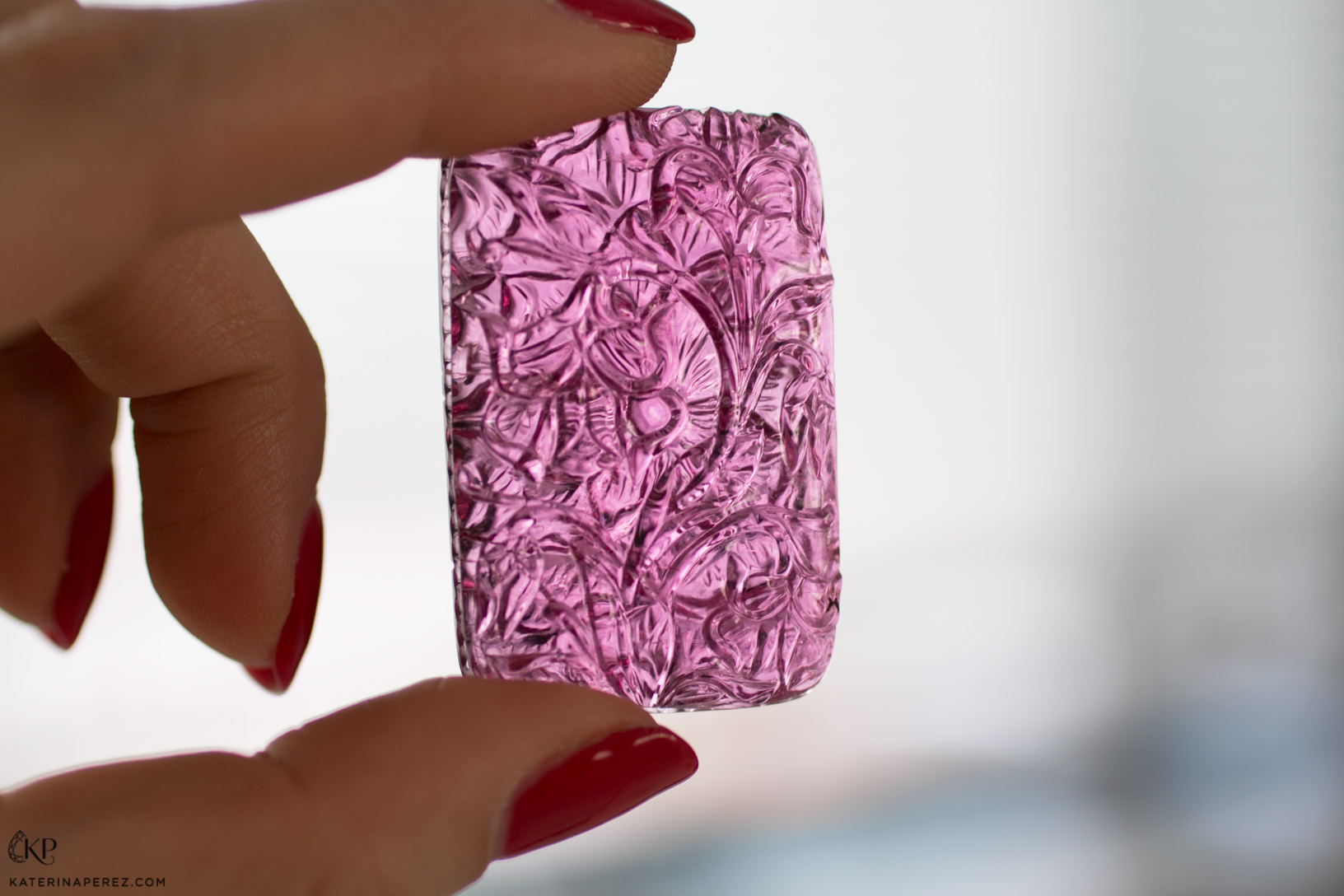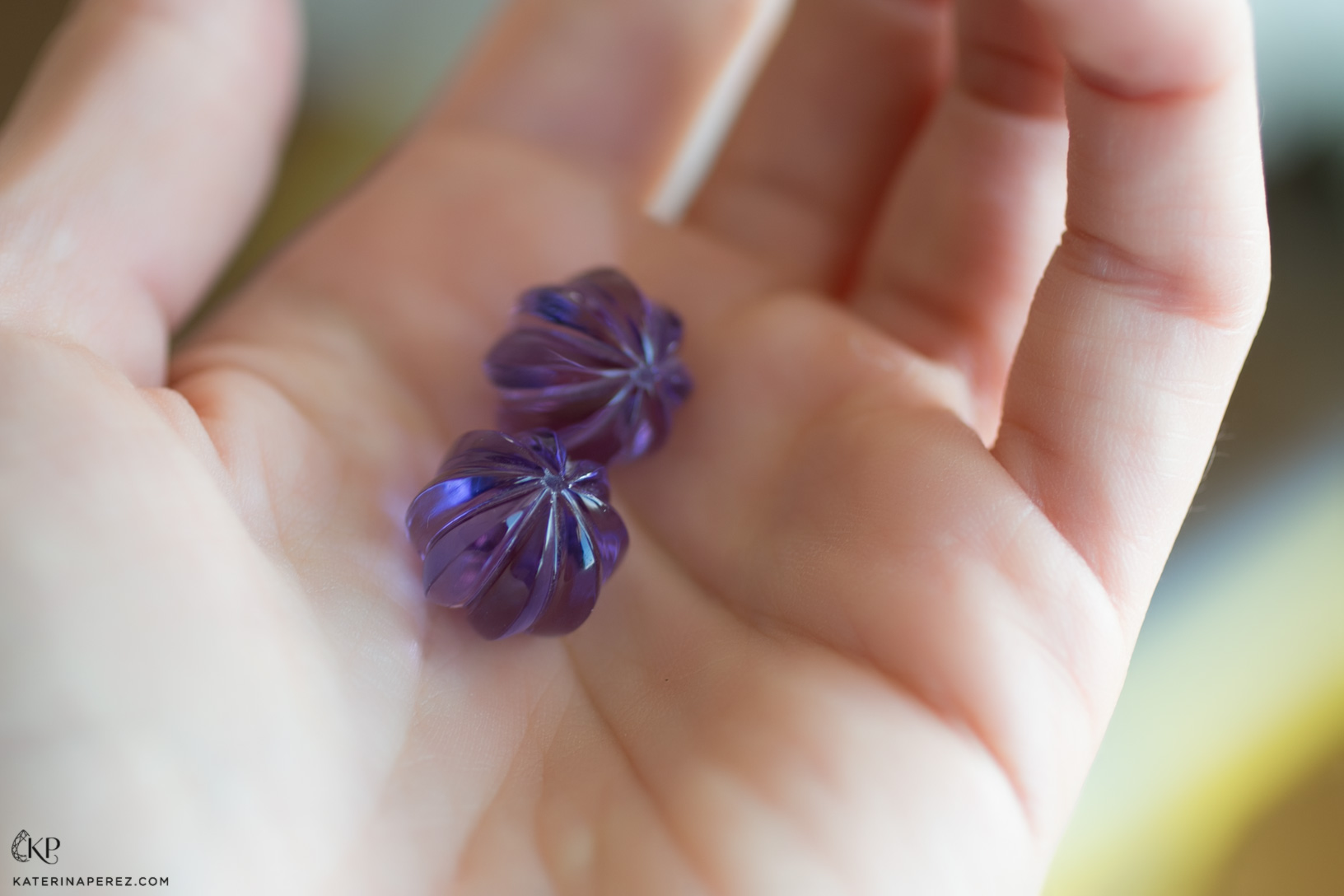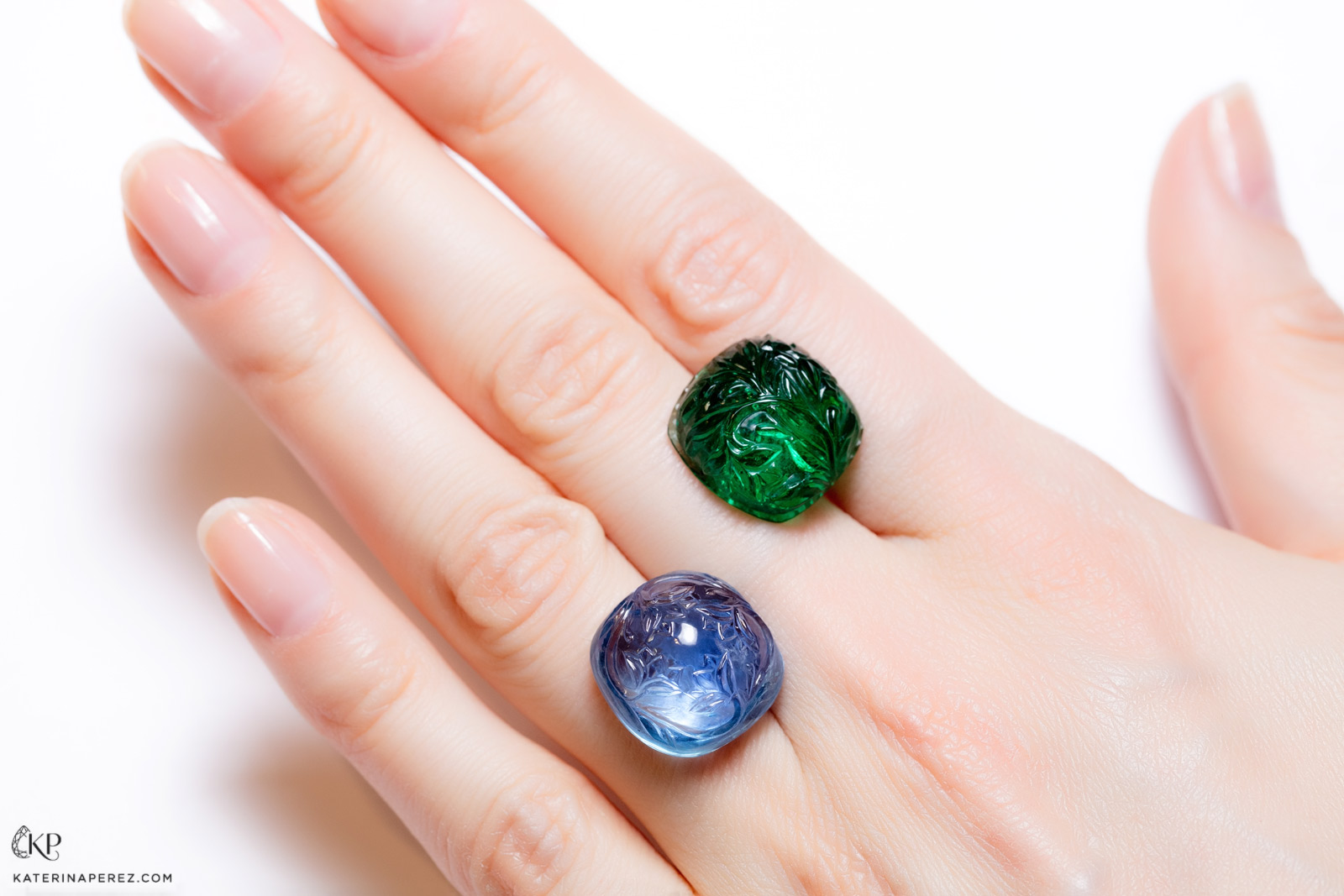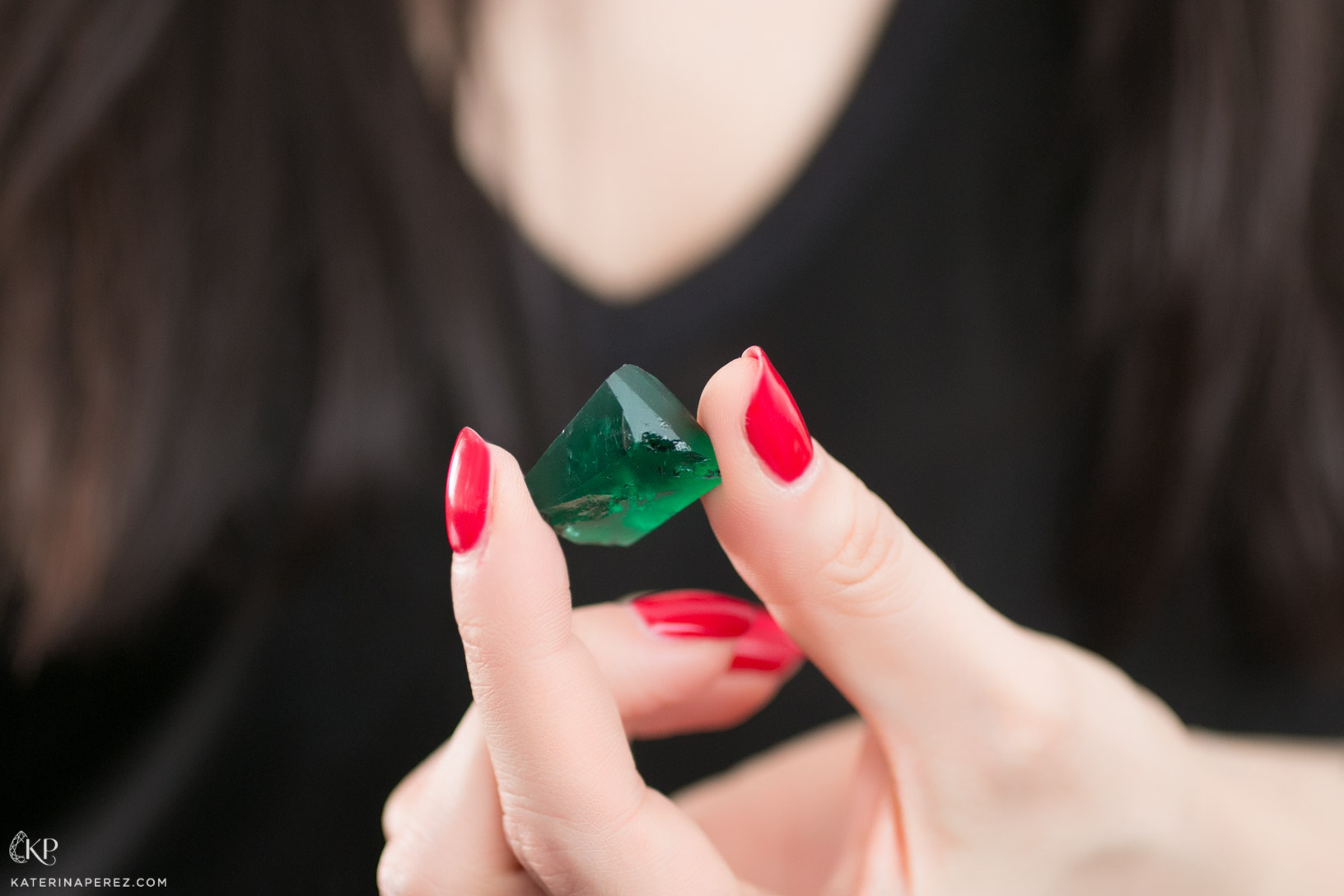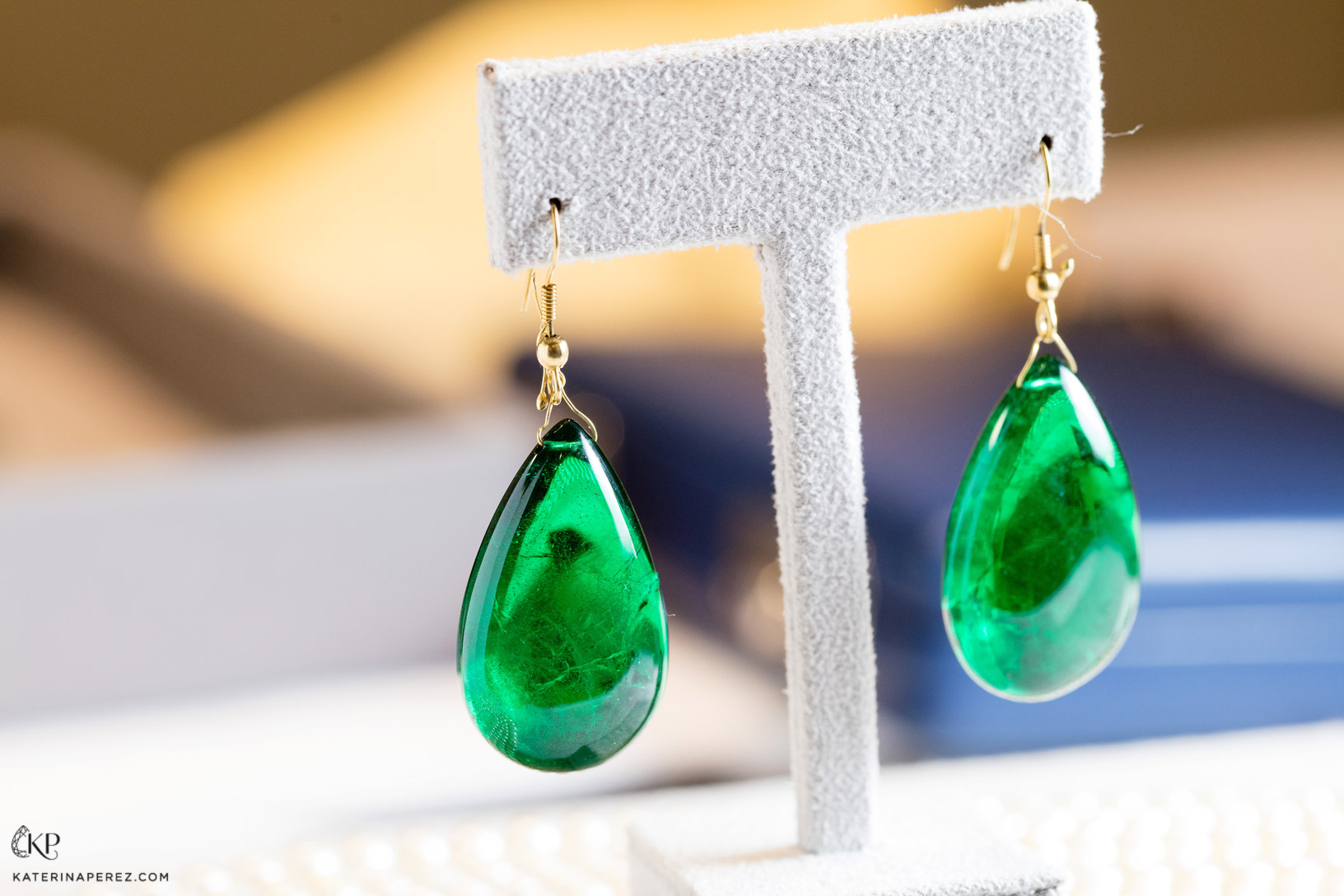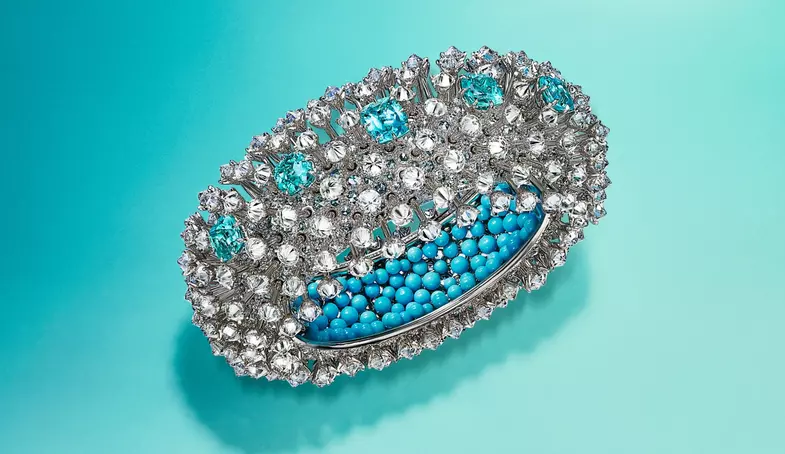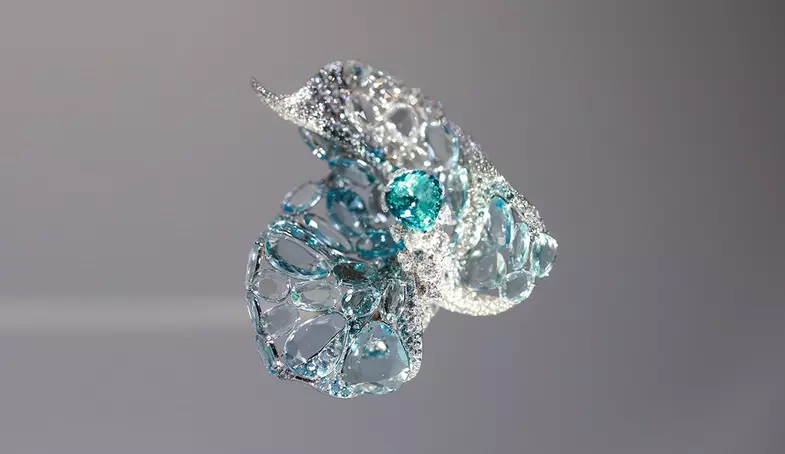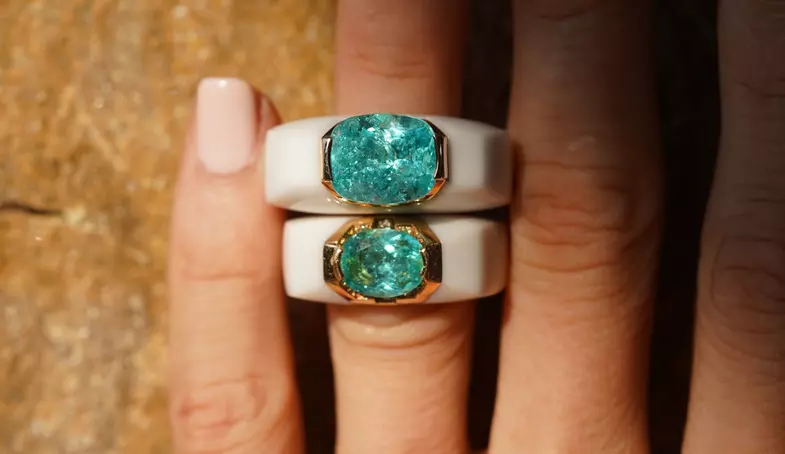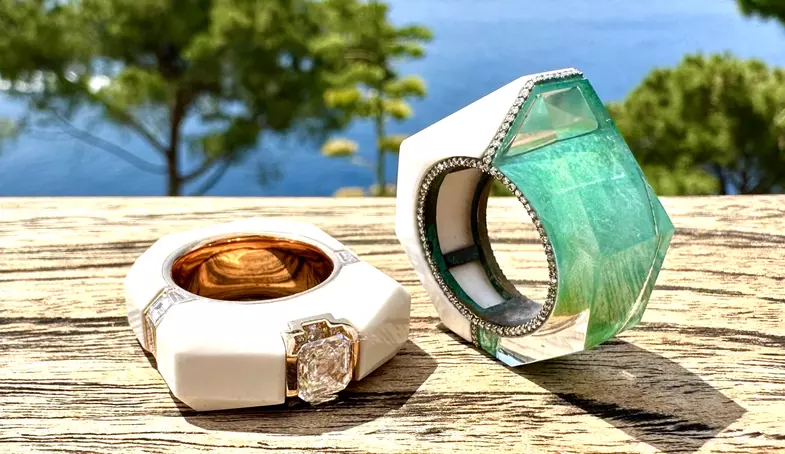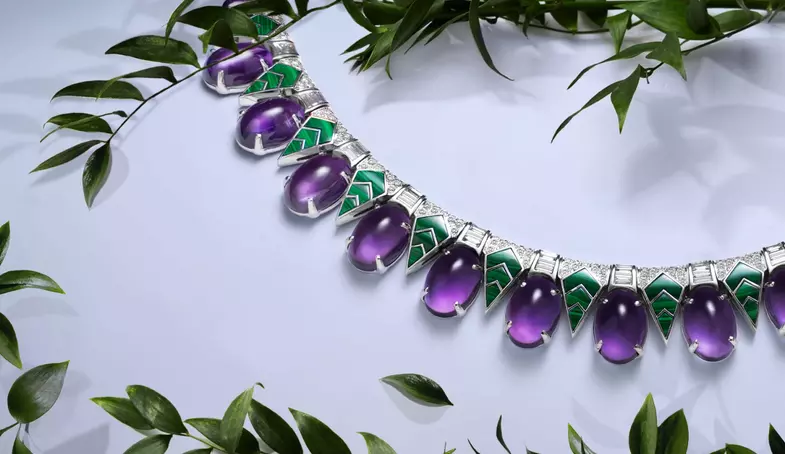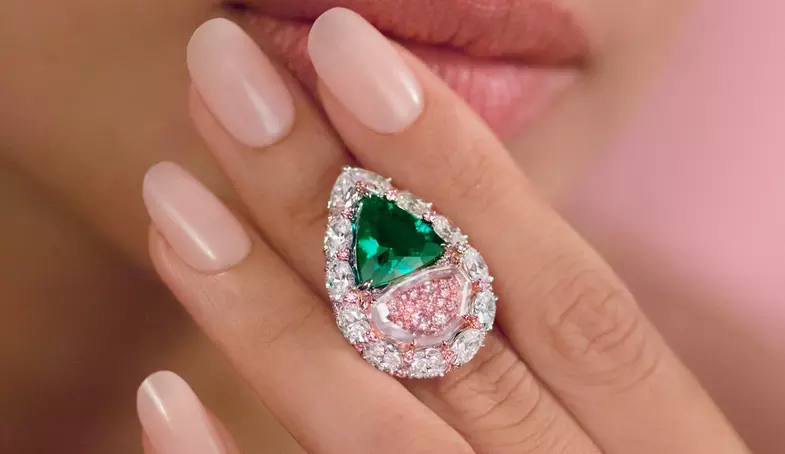Dharmendra’s grandfather Rajroop Tank was an adept cutter and a gemstone expert. He even published a book: “Indian Gemmology”, a publication which many Indian - as well as international students and jewellers - have used to study the ‘language’ of gemstones. Dharmendra started training under his grandfather, who also happens to have trained over 2000 people, including Dharmendra’s father. The training included seemingly simple exercises, for example; he would mix gemstone beads with pieces of glass and plastic imitation stones, and ask for them to be identified correctly. For months, the pupils fulfilled this same task until they had learned to distinguish the real gemstones without hesitation.
“Another exercise my grandfather used to train me and others with was sending us to pick the best fruit at the market. He used to say that if we have good taste, and a good eye for fruit, we can understand gemstones and how to look for quality. With gems, like with fruit, you don’t know what’s going to be inside, it’s all about training your eye,” the gem cutter tells me.
At the age of 7, Dharmendra sold his first packet of stones for 6 rupees, having bought them for 5 rupees, thereby making a 1 rupee profit. When we sat together in his office in Jaipur, he told me about this with such a smile on his face that I could see how precious the memories of 'how it all began' were. Now, after several decades, the gem cutter has not only developed an enviable ability to cut and facet stones, opened his own factory in Jaipur and now manages a few dozen craftsmen - he also has secured a firm niche within the industry. Those who won’t compromise on quality for a better price, who are searching for uniquely formed stones, who - like Dharmendra - can appreciate the inherent beauty of a gemstone, gravitate towards him.
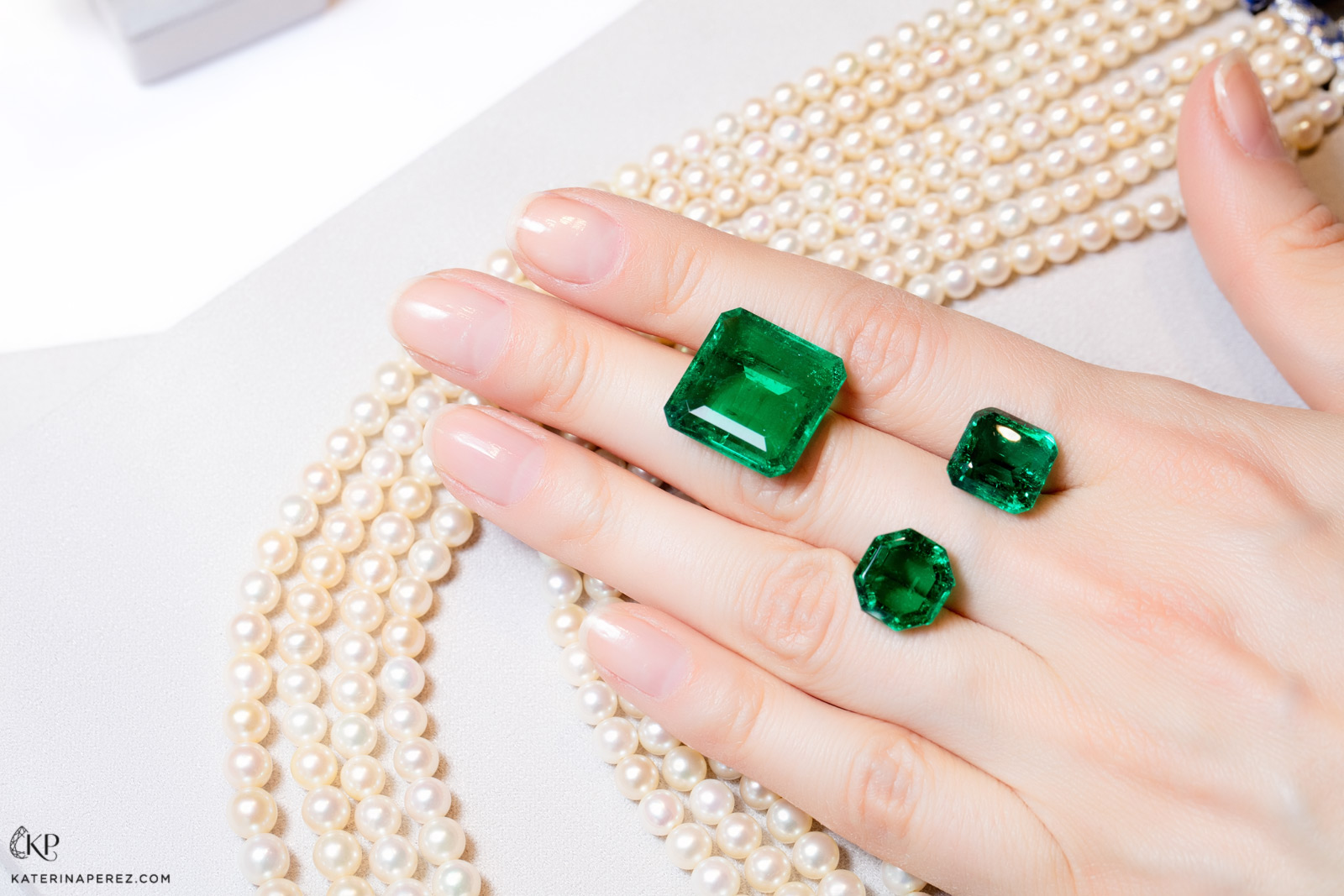
“My specialty is unusual shapes, as I want to create things that are unique. I try to cut my stones in a way that they can speak, and in order to do that I really need to understand their original appearance as well as using my imagination. Of course, my creativity is guided by my clients’ needs. But I never settle for the easiest thing to do, which is to cut the rough to the largest yield possible, treat it and sell it.”

With these words the gem cutter brings out an extravagant ‘sugar loaf’ cut emerald and places it on the table. The colour of this stone is so succulent that any other gem cutter would adopt a standard emerald cut, but Dharmendra decided to present it in a completely unique way.
Experimentation with shapes on the diamond market isn’t a particularly rare occurrence, but when it comes to coloured gemstones, cutters tend to adopt a more careful approach. “I have learnt from my clients’ requests to cut my stones differently, and when you listen to what people ask for, you notice changes in the way that they think of jewellery.”
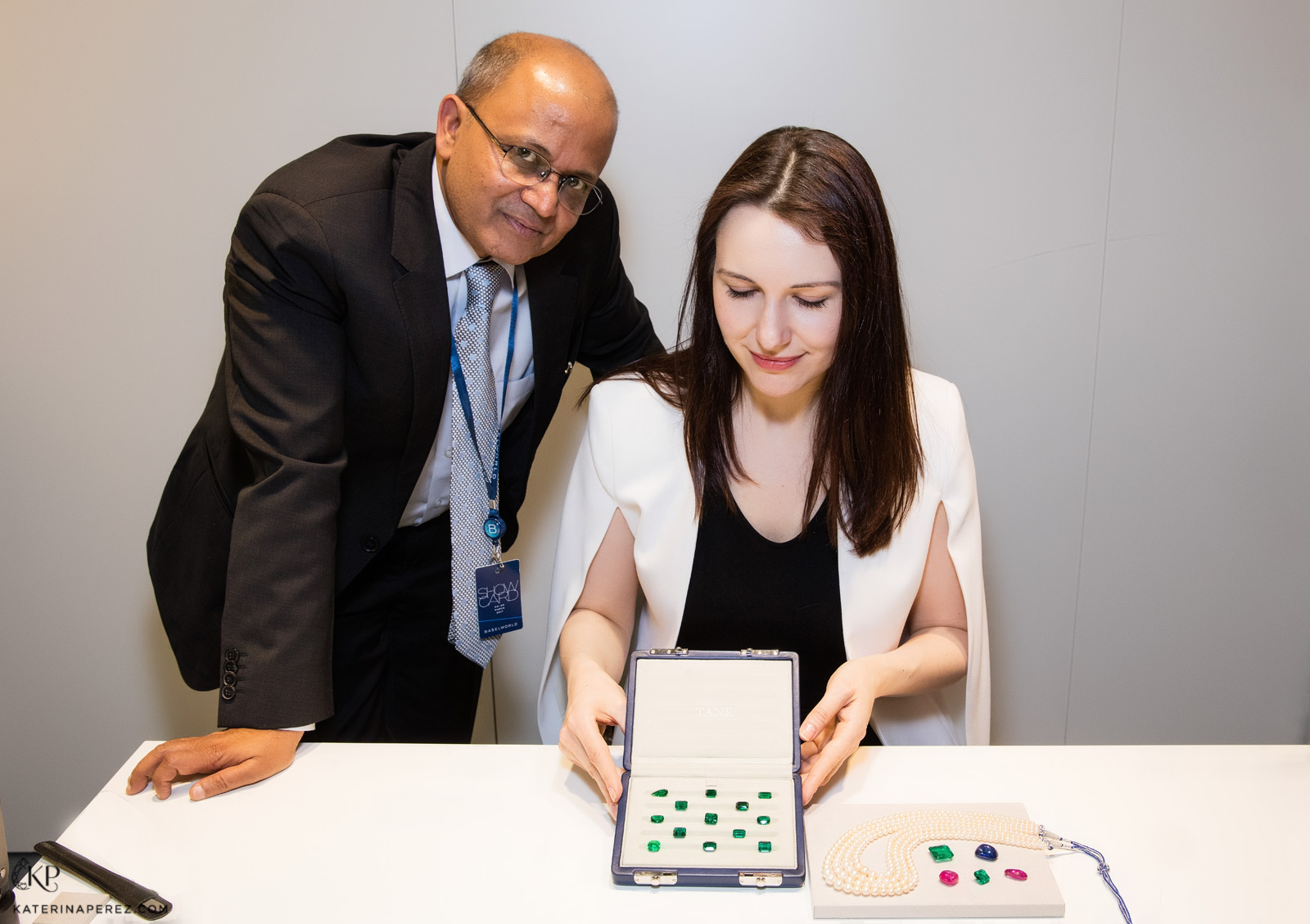
Once Dharmendra had said these words, my gaze fell on a moon cut ruby, the shape of which reminded me of unusual emeralds from an absolutely unique ring a private jeweller recently showed me. Beyond the ingenuity of his cutting techniques, Dharmendra thinks not only about the extraction of a stone’s very best qualities, but also about the work a jeweller will be doing with it. For example, he never facets 20 carat emeralds for earrings because their weight, combined with the mount, would prove too heavy for wearing on your ears.
Time passed and I couldn’t stop myself from admiring the stones that were placed in front of me before being hidden back in their envelopes. I could see that Dharmendra’s signature was the addition of inconspicuous accents that make an ordinary shape look like something completely fresh. He first showed me an emerald fashioned as an oblong ‘portrait’ octagon, and then some ‘comma’ shaped emeralds.
After some time, several variations of amethyst beads with carvings appeared on the table. Then Dharmendra showed me a collection of tourmalines with detailed engravings on both sides, explaining that “it takes 3 months to carve a 2-3cm piece, since it is decorated from both sides with a very delicate pattern. Most motifs are inspired by nature, but of course it all depends on the stone; the stone itself would tell me what to do. As part of the process, the artist will also have ideas of how the gemstone should appear, so we may adapt the idea as we progress.”
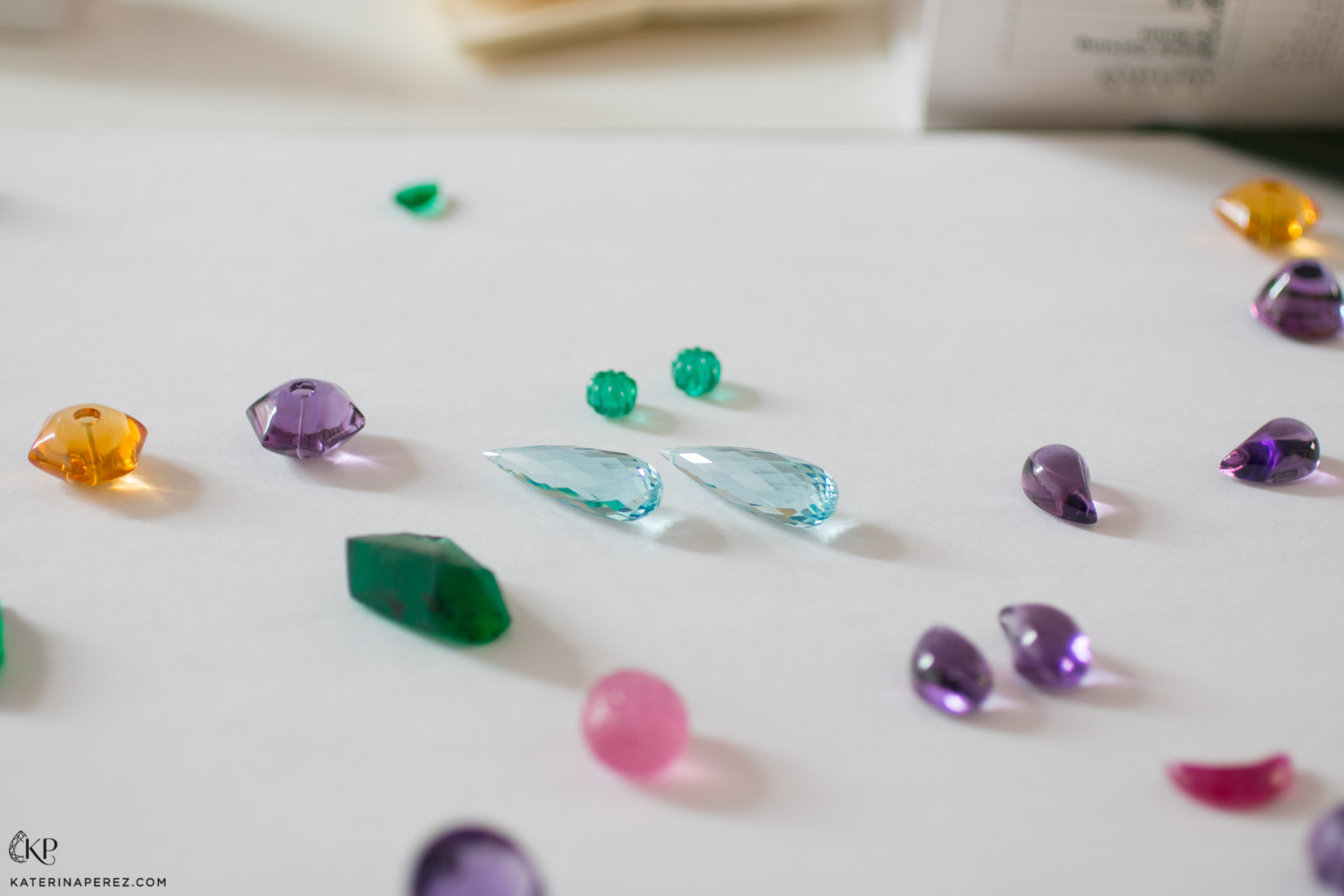
Dharmendra’s parting words were optimistic; “As much as I love creating something completely crazy, workmanship has to be paramount. My father and grandfather taught me this, and my son will hopefully learn it soon when he joins me.” We will live in hope that the next generation of Tanks can continue to wow all of us with new, unsurpassed cuts of gemstones.
